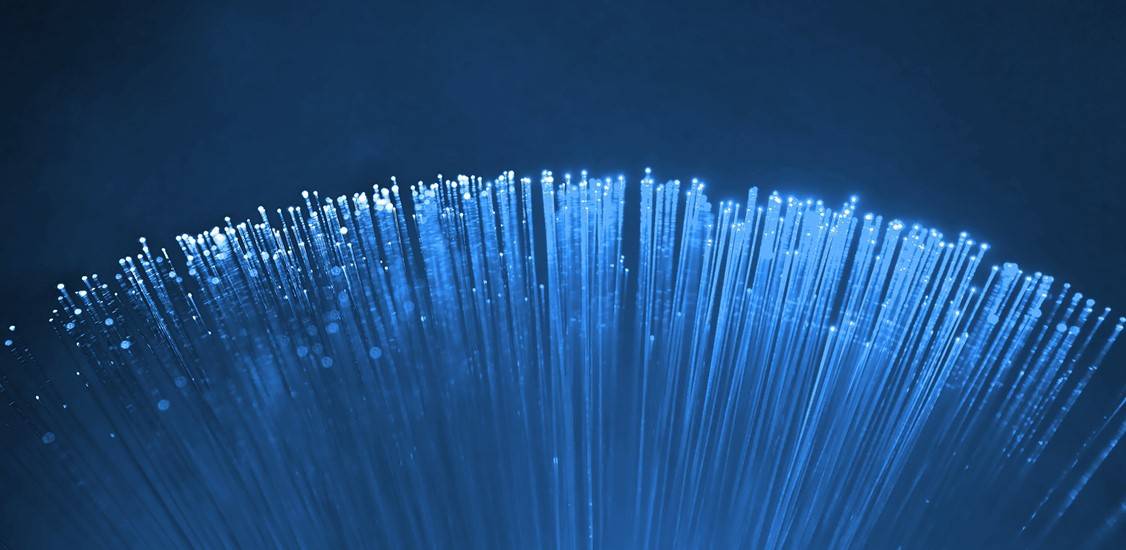The 4G LTE network we have today works great. Right? So why change? Change is a natural evolution of the technology because each generational advancement yields phenomenal improvements. The next generation of wireless commonly referred to as 5G is no exception. With 5G, wireless gigabit speed services with one millisecond latency are possible and being proven out in trials throughout 2018. Beyond that there are a plethora of use cases planned for the technology like Automated Traffic Control, Connected Cars, 3D Connectivity - drones, and so on. So, what is the impact of 5G on the network design? Let’s dig in and take a look.
The advent of 5G brings about opportunities for change in the Radio Access Network (RAN), the Mobile Core and the Broader Network. We will examine just the RAN for now and look at both the fronthaul and backhaul. In order to get the promised 5G performance, significant changes are needed. The computational processing functions of the RAN equipment is being redefined and that effects just about everything from fiber placement to power requirements to physical antenna design.
5G requires additional cellular antennas to be closer together versus existing networks. This in turn increases the need for fiber to these antennas in order to adhere to the strict delay and latency requirements of 5G. The Third Generation Partnership Project (3GPP) is the standards body that is helping define 5G. Recent 3GPP discussions have debated where to separate processing functions within the RAN.
Fiber is the enabling technology for cloud radio access networks (C-RAN). Traditionally in the 4G LTE network, fronthaul is associated with the portion of the wireless network connecting the Remote Radio Head (RRH) located at the top of the wireless tower with the Baseband Unit (BBU) at the base of the tower. 5G will still carry on the fronthaul concept but the location of the BBU is likely to change. Instead of being located at the base of the tower, the BBU function is expected to be brought back further into the network at a centralized location. That is possible because of a robust fiber network.
The protocol that runs on the fronthaul connection today is called Common Public Radio Interface (CPRI). CPRI is a circuit switched protocol requiring a dedicated path and 2.5 Gbps reserved bandwidth. With 5G, there is an opportunity to upgrade CPRI protocol to be packet based and it is being called enhanced CPRI (eCPRI). Here is where most of the technology shifts are impacting fiber placement.
The question for network engineers is where should the trade-offs happen between computational power and transmission power. There are currently seven options being considered in 3GPP that split the functions of the RRH and BBU computational processing for eCPRI. The actual implementations will vary. It is possible to have relatively dumb equipment at the RRH and heavy processing back in the BBU all connected by the low latency fiber network. Sounds good. Right? But there is a limit. The longer the fiber connection back to the central BBU, the more transmission power is required to power the lasers of the fiber. That means more power generating equipment is needed at the tower.
The solution may be to place more of the computational processing functions in the RRH equipment and situate the BBU closer to the RRH so that there is less transmission power for lasers. And all of this has to work within the latency budget defined within 5G. The one thing that is without question is that fiber is the predominant underlying physical connection.
Early mass market rollouts of fiber to the home (FTTH) signaled the need to not only connect fibers but also to manage these connections in craft-friendly way such that installers and technicians could connect as many homes as possible. This demand pushed fiber connectivity away from splicing every connection towards a plug-and-play style connection. Fiber splicing is a technique still in use throughout the network and best utilized when connecting bundles of large count feeder fiber and long-haul fiber in the network. However, plug-and-play trumps splicing whenever small line count fibers (12 or less) are needed closer to the end user near the home. As we get closer to realizing 5G in the network, we see that plug-and-play techniques are preferred once again to connect the RAN equipment.
Plug-and-play connections for small count fibers facilitate a reliable, dependable rollout methodology for large scale fiber deployments like 5G. Flexible fiber connectivity product designs offer total configurability to solve for any fiber issue. This can help reduce not only the deployment time but also the operations expense of running the fiber network once installed. In general, plug-and-play technology simplifies fiber installations and maintenance, allowing providers to reduce costs, maximize resources and turn up subscribers more quickly.
The fiber implications for cell site density and topology are dramatic. Modern 5G network designs dictate to get the wireless signals onto fiber as soon as possible in order to achieve the promised 5G performance. More fiber means increased needs for fiber management.


















